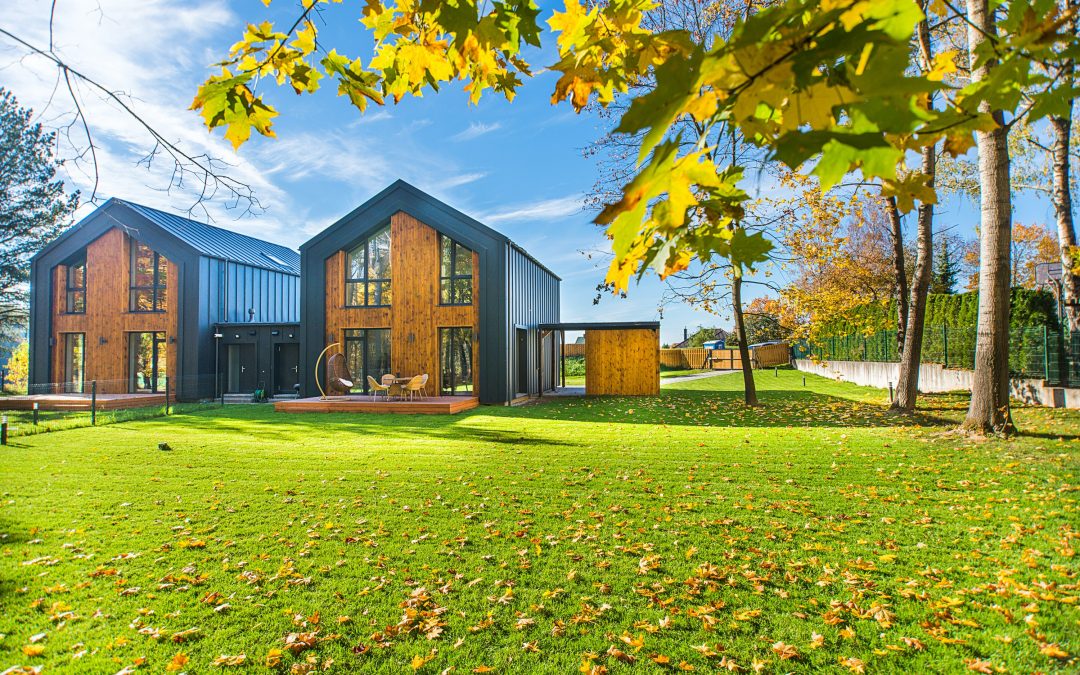Many people called it a micro fad when it first hit the housing scene. But the tiny home phenomenon has turned into a seriously big — and lasting — trend. In fact, its popularity has risen over many years.
Case in point: According to a December 2020 survey conducted by IPX 1031, more than half of the 2,000 participants said they’d be open to tiny house-style living. Likewise, a majority of respondents said they’d be open to purchasing a tiny house during their first homebuying experience.
All of this is not hard to understand, really, given all the social, personal, and financial advantages of a tiny house.
A Few Pros and Cons of Tiny House Living
Everyone talks about the need for efficiency in all aspects of life. And what could be more efficient than a well-insulated tiny home? I’ve been in the mobile home and affordable housing industry for 37 years, so I know the value of maximizing a property’s footprint. Tiny houses take that concept to the nth degree.
Another benefit to tiny houses is that they can be moved. In fact, they’re like little apartments or mini townhouses on wheels! Sure, you’ll need to unhook your tiny house from its water and utility sources before hauling it on a trailer to its next destination (much like you would with an RV). But that’s not too complicated — especially after you’ve done it once or twice.
Want another pro? You can’t beat tiny houses as a long-term housing solution that won’t keep you tangled in a mortgage for decades. Even if you buy a luxury tiny house for $100,000 (rather than the lowest price of about $30,000), you won’t be paying for unused space. Not one penny that you spend on your tiny house will go toward waste. That’s a big upside for your savings and will allow you to put more of your money into travel, entrepreneurship, retirement funds, or anything else.
Finally, you can also use a tiny home as an investment property. The IPX 1031 survey revealed that nearly three-quarters of respondents wanted to make money out of their tiny houses. How? Almost two-thirds of them were considering turning the house into a rental unit, and about one-third felt they’d open their tiny house up to vacationing guests to earn extra cash.
Does this mean that you should run out and find tiny house builders in your community? Not necessarily. Yes, there are lots of positives when it comes to little homes. There are also some disadvantages of tiny houses to keep in mind, not the least of which is that you may have to get used to living with another person in very close quarters.
Advice for Potential Tiny Home Buyers
If you’re still wondering, “should I buy a tiny house?” I understand. They’re intriguing and inviting — no doubt about it. Nevertheless, if you’re serious about buying a tiny home, remember these pieces of advice:
1. Tiny homes have regular upkeep costs, just like larger houses. In addition to whatever you pay to build or buy your tiny house, you’ll have other costs as well. As an example, if you plan to keep your tiny house in one place, you’ll need property. That means you’ll pay real estate taxes if you live in an area that collects them. If you move your tiny home a lot, you’ll also need to park it legally based on zoning laws. Expect to pay a fee for this privilege. (Or a fine if you violate local regulations.)
You’ll also have to figure out how you’re getting electricity, water, and other utilities. These are add-on bills that many people forget they’ll still have once they move into a tiny house. Remember: You need to pay attention to the maintenance of your home, even if it’s bite-sized.
2. Tiny home living means you’ll need to get real about downsizing. Many tiny house enthusiasts rave about how freeing it can be to declutter your world. However, you’ll want to make sure you’re ready for how little you can take with you when you move into your tiny home. With only a few hundred square feet available, your knick-knacks and extra closet items just won’t be able to fit.
This doesn’t mean you have to give away practically everything you own. Instead, consider renting a storage unit. Or, if your tiny house is in a permanent location, you can always get a tiny shed to stash your seasonal stuff.
3. Telecommuting tiny-style takes time to master. Currently, more professionals work from home than ever. So, what happens when you’re working remotely from a tiny house — particularly if you live with one or more people? In that case, you’ll want to carve out a workable, clean space where you can focus.
If you’re constructing a tiny home from the ground up, talk with your builder about setting aside a workspace. Most tiny home construction companies have tons of insight into how to make your work-from-home dreams come true — even in a super-cozy space.
It’s no longer a matter of whether you’ll know someone who lives in a tiny house. It’s a matter of when. With so many people wanting to buy a tiny house and jumping on the tiny living bandwagon, it’s bound to happen sooner or later. Who knows? The person you see in the mirror every morning might be the next proud owner of a tiny house.


